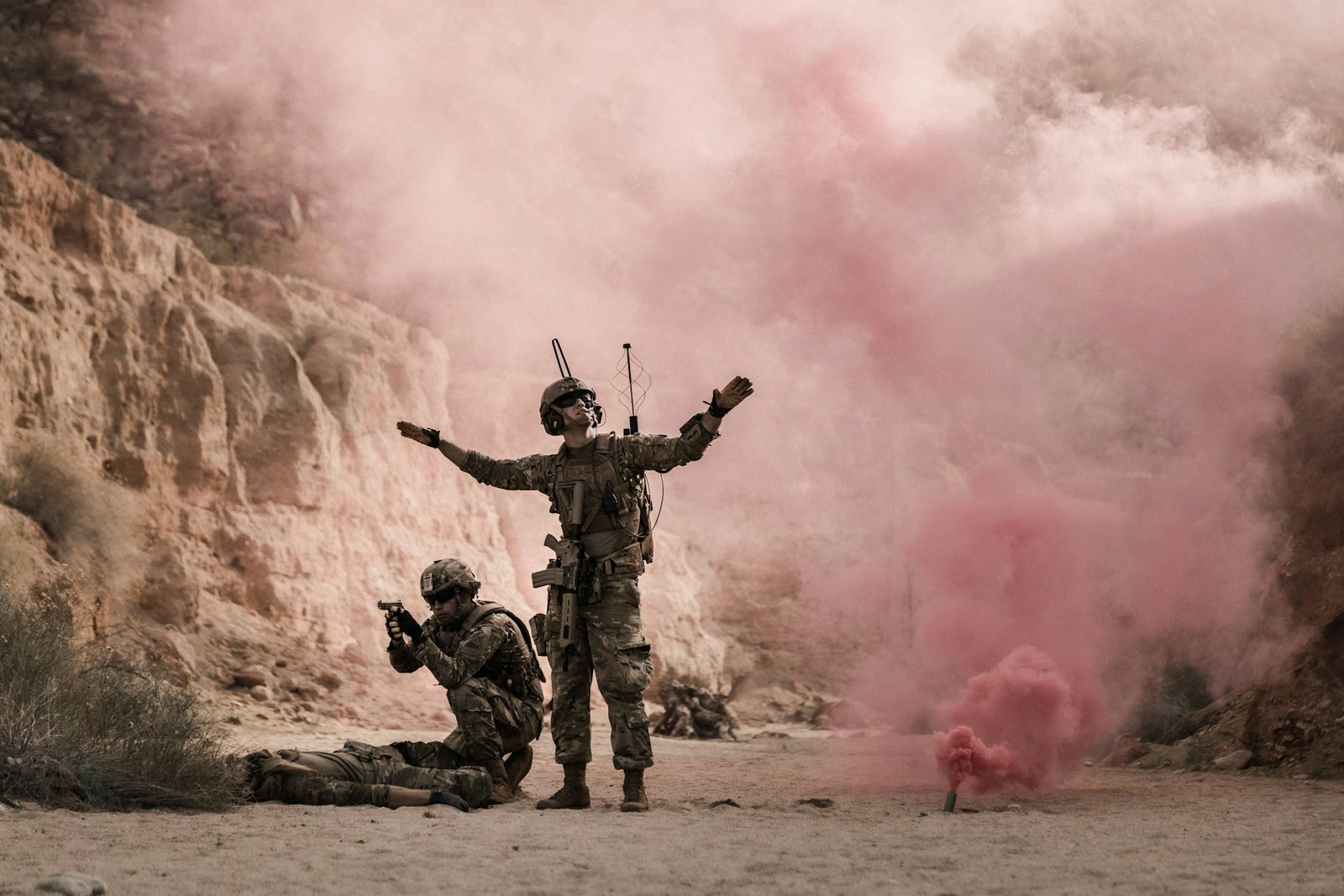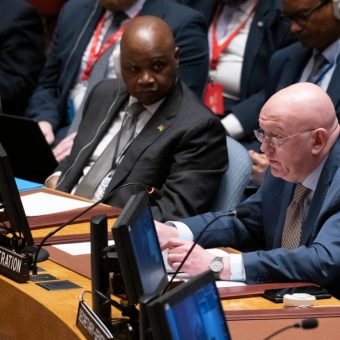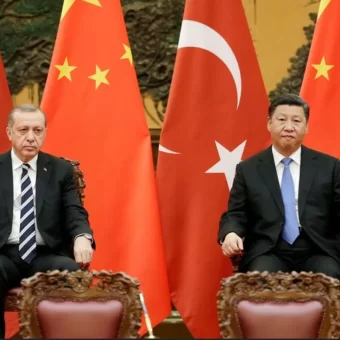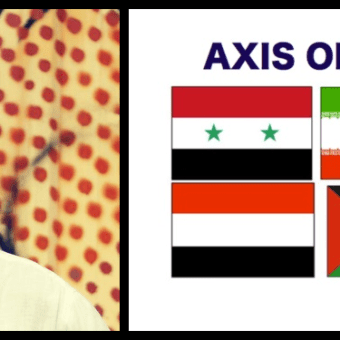Language use as a measure of Arab battlefield success in Palestine
Ed Note: This explainer has been posted on so many channels that I do not know what the source is. Nevertheless, some of the language has perplexed me as well, so, this should help all of us.
✍️Written by Hikaru Kitabayashi✍️
Hamas affiliated groups have often been accused of exaggeration in describing their successes. This seems to be based on a misinterpretation of the terminology they use. Because they are forced to use the hit and run techniques of guerilla warfare and because most of the equipment they use is not technologically advanced, they are almost never in a position to supply opponent casualty number estimates. They are, however, careful to name those of their own ranks who die in battle.
The lowest level of battlefield action is “targeting” something. With no other descriptive term, it simply means unguided ammunition rounds were shot in the direction of a target. It does not mean that an actual hit took place or any material damage was done. In fact, in most cases, it would be impossible to know. This does not mean that “targeting” is meaningless. It is most meaningful. It keeps Zionist military forces tied down to often nonessential geographic areas and thus allows resistance forces a chance to regroup and attack elsewhere. Also, there are cases of unreported damage which, due to Israeli military censorship, are never reported. And, even when no material damage is done, the psychological damage to the Zionist military is costly.
When a targeted object can be verified as having been struck, this is invariably mentioned in reports. This is a much smaller number than the number of targeted objects mentioned, which leads one to believe that numbers are not exaggerated. Due to the comparative weakness of Palestinian weapons, direct hits do not always result in significant damage, nor can significant damage always be verified. In such cases, Zionist military censorship will normally suppress reports of such an event. When significant damage can be verified by Palestinians, it is reported. Again, the number given for significant damage is always lower than that for verified hits.
In those very few cases when direct hits result in verifiable casualties, it is, of course, always mentioned in battlefield reports which tend to be up-to-the-minute pretty much 24 hours a day. Casualties include wounded and killed and this can be verified by the appearance of Israeli military rescue helicopters coming to the battlefield and returning to hospitals in the Zionist state. Palestinian sources almost never have a way of directly knowing casualty numbers, so enemy battlefield casualty estimates are almost never given. Instead, mention is made when panic and loud wailing occur. Furthermore, Israeli military censorship filtered casualty figures are carefully followed and reported on for what they are worth.
We can conclude that Palestinian resistance force reports of battlefield activity heavily underestimate the number of Israeli losses. These reports, of course, do not cover civilian casualties on either side, nor do they normally give an account of the wounded among Palestinian resistance military forces. But, in terms of Palestinian military deaths, they seem to be fairly accurate. On the other hand, besides overestimating damage done to Palestinian forces, Israeli censorship also heavily underestimates both the number of the wounded and the dead among the Israeli military. Especially, the number of dead Israeli soldiers seems ridiculously small for the amount of battlefield action. A rough estimate based on a reading of hundreds of Palestinian battlefield reports per day would indicate a daily average of 50 to 100 Israeli deaths and at least an equal number of wounded being hospitalized. The invisible psychological damage done, though, has to be at least 10 times as great and far more dangerous to the Zionist state. The breaking point is a matter of when, not if.











